Or perhaps what you are dealing with is called 'slope'. This is where the front of a garment is worn lower than the back.
A kilt made without slope will be the same length all the way around. A kilt made without slope must be worn with the top level and parallel to the floor.
If you look sideways, do you see the front of the kilt lower in the front than in the back? If so there are two options. Wear the kilt the way it was designed to be worn. Or - have a kilt custom made with a sloping waistbanding.
Perhaps this photo from the side will illustrate this issue of slope.

There are three places where a belt will naturally sit on a human body and not move around when you move or sit.
The upper strap in the photo is at the anatomical waist. A kilt worn like this will have the top or waitsbanding level with the floor.
The middle strap is at a mid waist height and you should be able to see that the front is lower than the rear.
This kilt is designed and made to be worn at Mid Waist Height. The front is 1.5 inches shorter and worn lower than the back and yet the apron falls in the front straight down without puckers. (Other than those caused by my hand in the pocket for the photo)
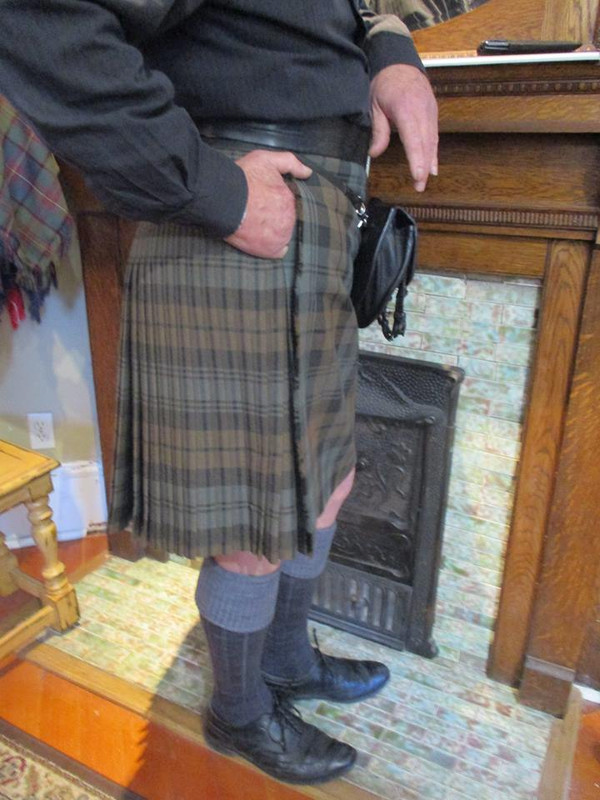















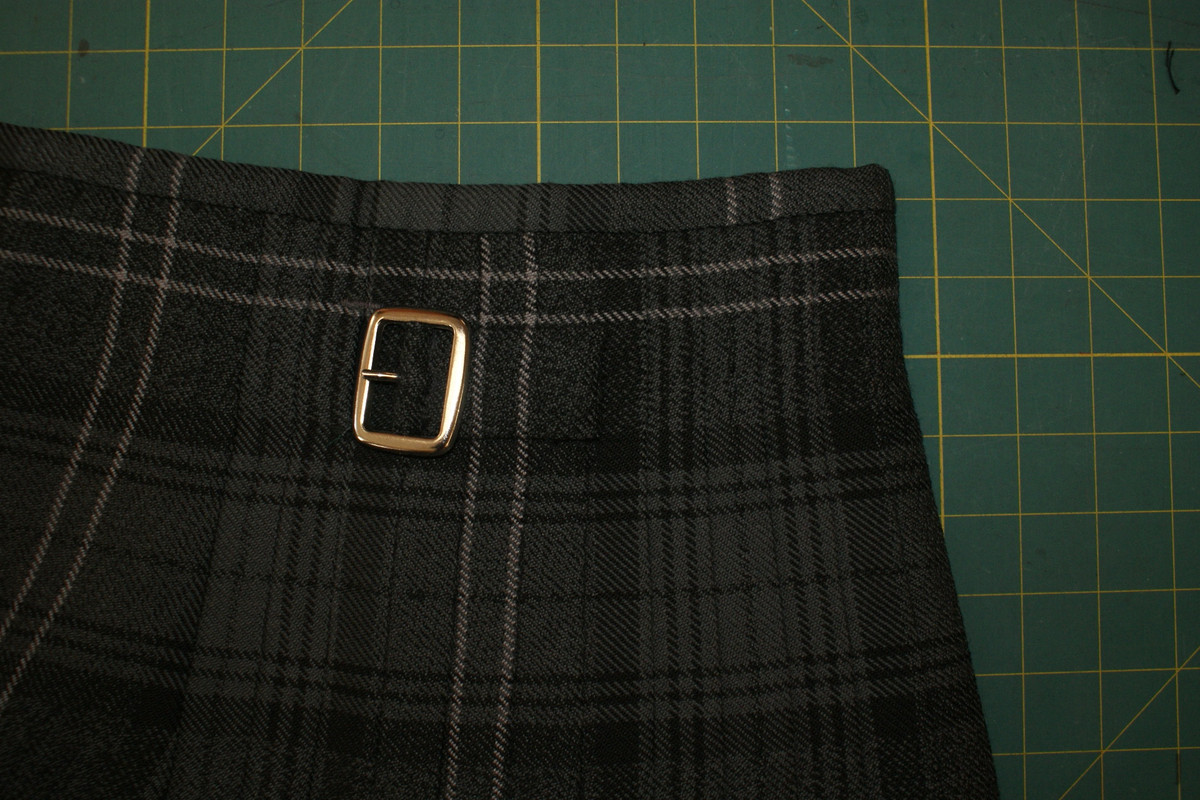
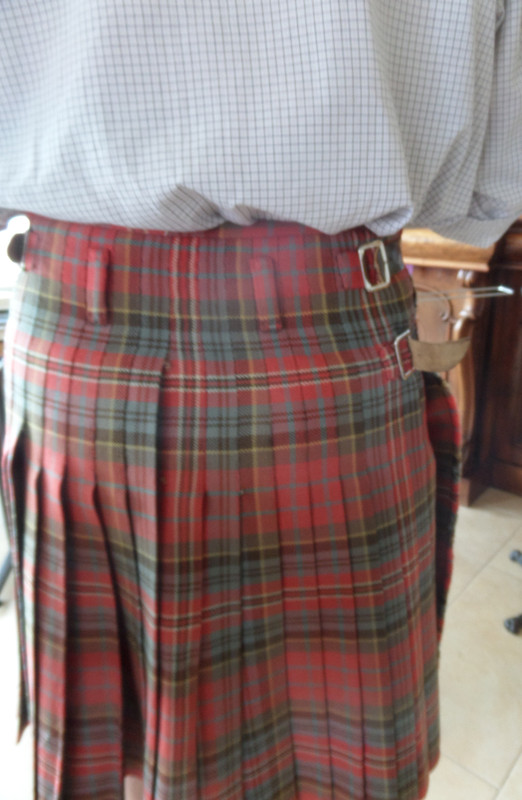
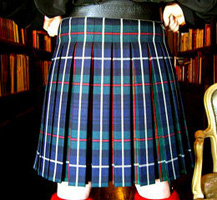
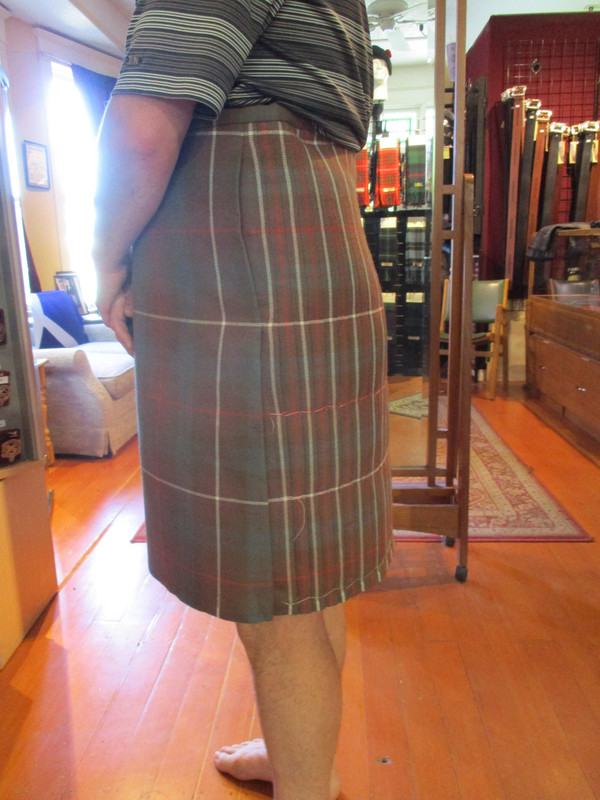 [
[






Bookmarks